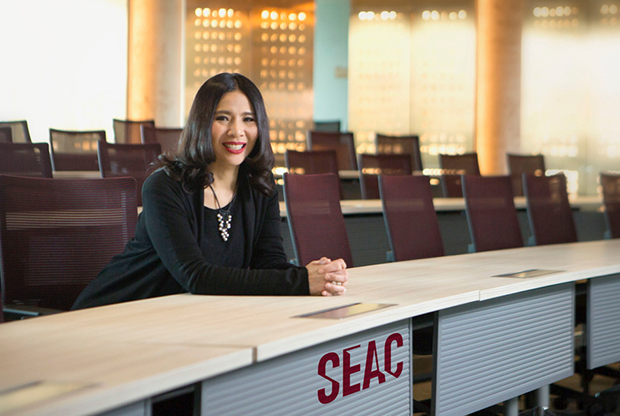
Gone are the days when businesses thrived solely on knowing how to respond to the trends of supply and demand. In today’s world, humanity is now at the core of businesses, and organisations must know how to take innovative approaches to truly understanding people.
Our world is evolving and so are the people in it. Simply answering the demands alone is no longer enough. Many organisations today find themselves trying to read people’s minds and figure out what their hidden needs are. Often, people themselves are unaware of what they really want.
There are many models that can assist in leading innovation and one of the most popular has come to be known as Design Thinking. Originally developed at the from Stanford d.school in California, design thinking essentially tells us: “To create meaningful innovations, you need to know your users and care about their lives.”
With that in mind, I’d like to offer a few thoughts to keep in mind in order to begin in understanding human centricity in innovation.
The first thing to understand is that the culture within the organisation is essential for innovation. Before you can step outside of your own organisation to connect with your customers, it is crucial that as business leaders, you understand your organisational culture first.
Now, the question that probably enters your mind is: is my current organisational culture fit for innovation?
The fact is, there is no perfect organisational culture that encourages innovation. But the best way to promote a culture that will support innovation is to build a positive learning environment. No innovation happens when people in the organisation have no room to learn and grow, and this further damages the organisation as it creates a negative environment and demotivated people.
But how does this relate to customers? We’re often told that “everything begins from within”, but in this case it is true in every way. When people in the organisation are not happy, most of the time this will be felt by the customers as well. Your people will not be able to truly understand your customers if they themselves feel they have not been understood.
Innovation doesn’t begin with achieving innovation in mind and working backwards. It is important to create a positive culture and mindset within the organisation before even embarking on the journey towards innovation.
The second thing to understand is that customer centricity does not necessarily mean giving your customers everything that they ask for. This brings us back to the traditional approaches where businesses only answer to customer demands. When customers create a demand, it is important that, when considering innovation, we must first understand why they created such demand in the first place.
Let’s use an illustration: customers may want to get from one place to another in the fastest way possible, so they demand a horse. The traditional business approach would be to provide customers with what they demanded -- a fast horse. However, innovation calls for something completely different.
Here, adeptly understanding the customer is important. In this case, what the customers were actually demanding was not really a faster horse but a way to get from point A to point B in the fastest way possible. Think about that for a minute. Then you’ll understand the famous saying: “If Henry Ford had asked his customers what they wanted, they’d have said a faster horse”.
Henry Ford never actually said anything about a faster horse, but the saying above provides an insight into the fact that customer demands are not always what they truly want. In this case, travelling faster might have nothing to do with horses.
The third thing to understand is that the journey towards innovation is not a one-stop destination. As customers evolve, so do their needs. Thus, organisations need to position themselves on an ongoing journey towards providing the best for their customers.
With that in mind, it is important that organisations be agile. Not only will this help in keeping up in the disruptive world, but it also keeps you and your organisation constantly in touch with the ever-changing demands of the world and your customers.
When it comes to innovation, you must consider the demands of customers. But truly understanding the underlying pain points behind the demands and delivering above and beyond expectations is what makes innovation.
Innovation was never really about the business to begin with. It is and has always been about people. Whether you are considering it as business leaders, your people or your customers, innovation is all human-centric.
Arinya Talerngsri is Chief Capability Officer and Managing Director at SEAC (formerly APMGroup) Southeast Asia’s leading Executive, Leadership and Innovation Capability Development Center. She can be reached by email at arinya_t@seasiacenter.com or https://www.linkedin.com/in/arinya-talerngsri-53b81aa
For daily updates, visit https://www.facebook.com/seasiacenter